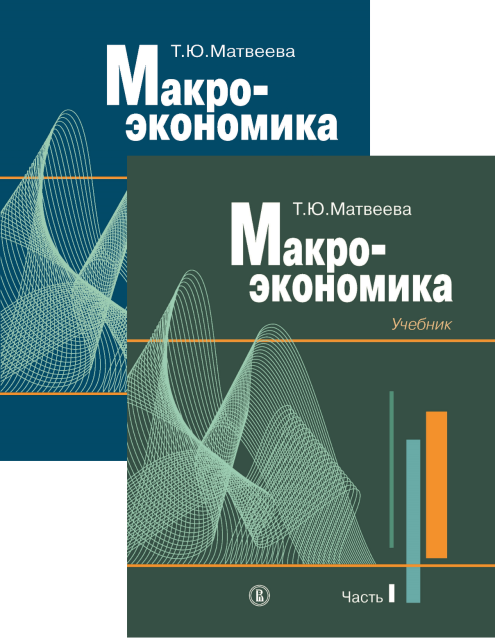- A
- A
- A
- АБB
- АБB
- АБB
- А
- А
- А
- А
- А
Macroeconomics
- Year2017
- Number of pages439
- ISBN978-5-7598-0628-8
- doi10.17323/978-5-7598-0628-8
About
The textbook in 2 parts
The textbook contains a course of macroeconomic theory of introductory and intermediate levels and includes a standard set of topics studied in the baccalaureate of economic universities. In an understandable way it expounds the fundamentals of macroeconomic theory and macroeconomic policy: presents the definitions of the basic concepts and terms; outlines the key formulas; provides the thorough explanation and interpretation of macroeconomic relations and of the mechanisms of macroeconomic processes. The textbook gives the comprehensive analysis of the most important macroeconomic models, including dynamic ones, which apparatus is provided in the form accessible to readers with different levels of mathematical background. The analysis of various options for macroeconomic policy includes a detailed intuitive description of the mechanisms and consequences of each policy in the closed and in the open economies, and for different time periods: short-run, medium-run and long-run. For clarity and visibility, the theoretical statements are illustrated by logical chains, diagrams, tables, numerous graphs and statistical data, most of which relate to the Russian economy. The theory is accompanied by numerical problems with solutions, explanations and comments that not only gives insight of what formulas and how are to be used for solving typical tasks, but also contributes to deeper understanding of the theoretical material.
The textbook consists of two parts. Part I includes eight chapters. Chapters 1 and 2 have an overview character; they provide an idea about the subject and the methods of macroeconomic analysis and the key macroeconomic variables. Chapters 3–8 are devoted to the theory of aggregate demand; they deal with the models of the goods and money markets and describe the consequences of macroeconomic policy in the closed economy in the short run.
Part II included nine chapters. Chapter 9 addresses the labor market in order to derive aggregate supply. Chapter 10 describes the model of aggregate demand and aggregate supply and analyzes the consequences of exogenous shocks in the short run and in the medium run. Chapters 11–13 focus on the problems of macroeconomic instability — unemployment and inflation. Chapter 14 considers the factors and models of the long-run economic growth. Chapters 15–17 contain the theory of the open economy and examine the implications of the stabilization policies in the open economy.
This book is intended for undergraduate students of economic faculties; students of non-economic specialties, studying macroeconomics; macroeconomic theory teachers; applicants of master's programs of economic universities; attendees of professional retraining courses and further training faculties, as well as for all who are interested in macroeconomic theory and macroeconomic policy.

.png)
.png)